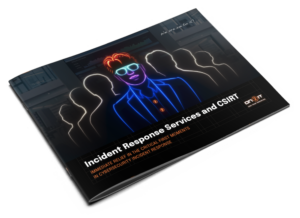Reading Time: 2 minutes
Category: Opinion
Summary
Every October it’s the same story: people are the weakest link.
Posters, training modules, reminders – all pointing the finger at us.
But that story is getting old.
Because while people make mistakes, they also adapt, think on their feet, and save the day when systems fall short.
We’re not the weakest link.
We’re the most resilient one.
Awareness isn’t enough. Resilience is the goal.
Cybersecurity isn’t just about firewalls, controls, or encryption. It’s about humans under pressure.
When something looks urgent, important, or familiar – our brains take shortcuts (also known as heuristics). That’s how we’re wired.
Attackers know this. So, they don’t just hack systems. They hack people.
- A fake CEO email works because we trust authority (plus, there’s halo and present bias).
- A polished login page feels safe because it feels familiar (largely thanks to framing, fluency and the illusory truth effect).
- A “your account will be suspended” message works because of loss aversion and scarcity.
- Defaults matter too: they shape behavior.
Design cybersecurity for the way people actually think
If attackers use psychology, defenders should too. Behavioral science gives us tools to make security effortless – even automatic.
- Secure defaults: remove weak choices before they can be made.
- Built-in pauses: a short delay or double-check stops rash clicks.
- Clear communication: real messages never look like scams.
- Better framing: show security as convenience, not a chore.
- Shared ownership: involve people in setting the guardrails.
- Positive endings: make security feel simple, not punishing.
The goal isn’t to train people out of being human. It’s to build systems that work with human behavior, not against it.
Technology alone can’t stop cyberattacks
Hackers exploit human psychology as much as they exploit code. Ignore this, and no firewall will save you.
This October Awareness Month, skip the checkbox awareness sessions. Focus instead on resilient behavior built into systems, culture, and process.
That’s not soft – it’s smart.
Because when people and technology work together, theres is no weakest link.


